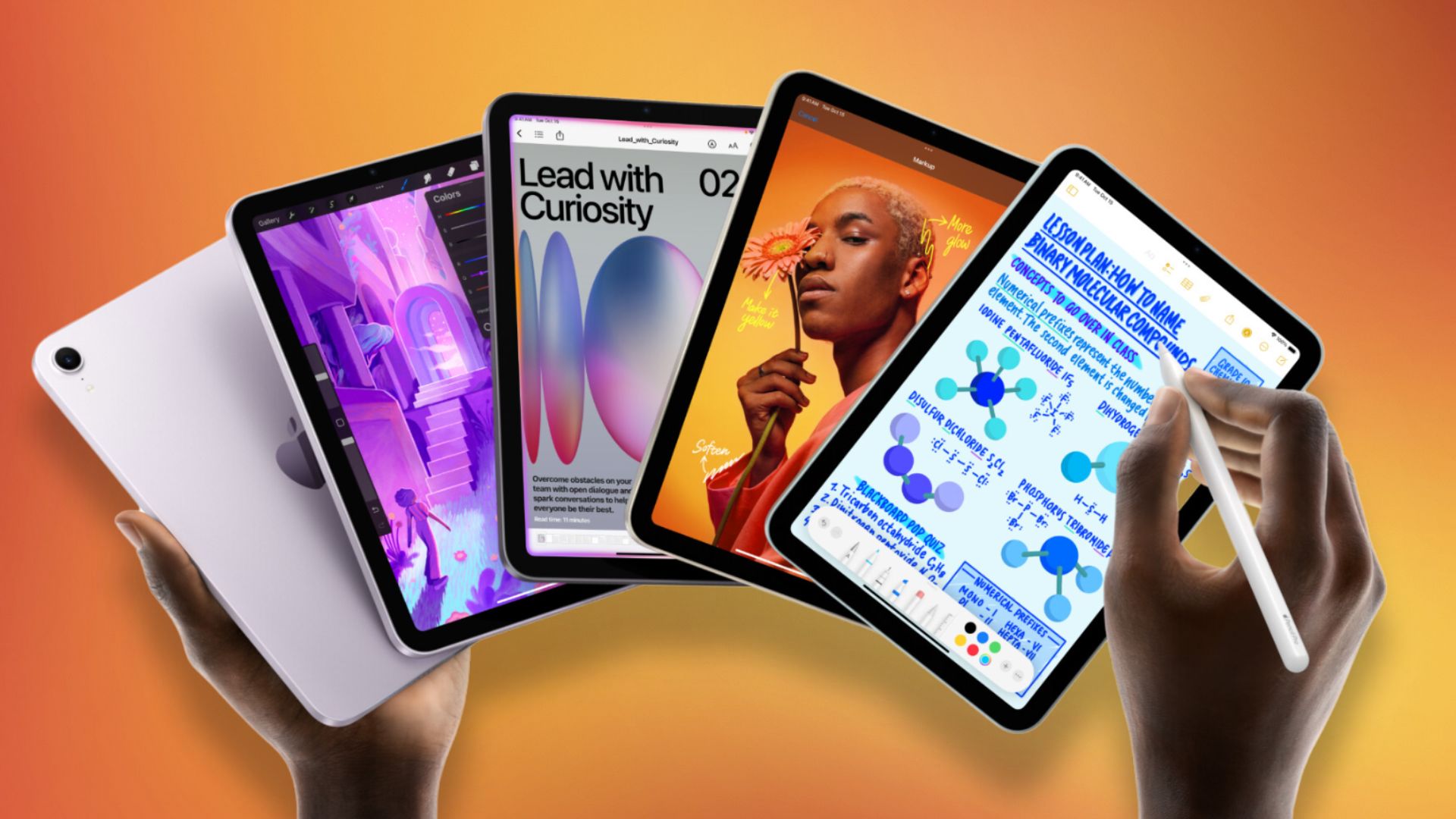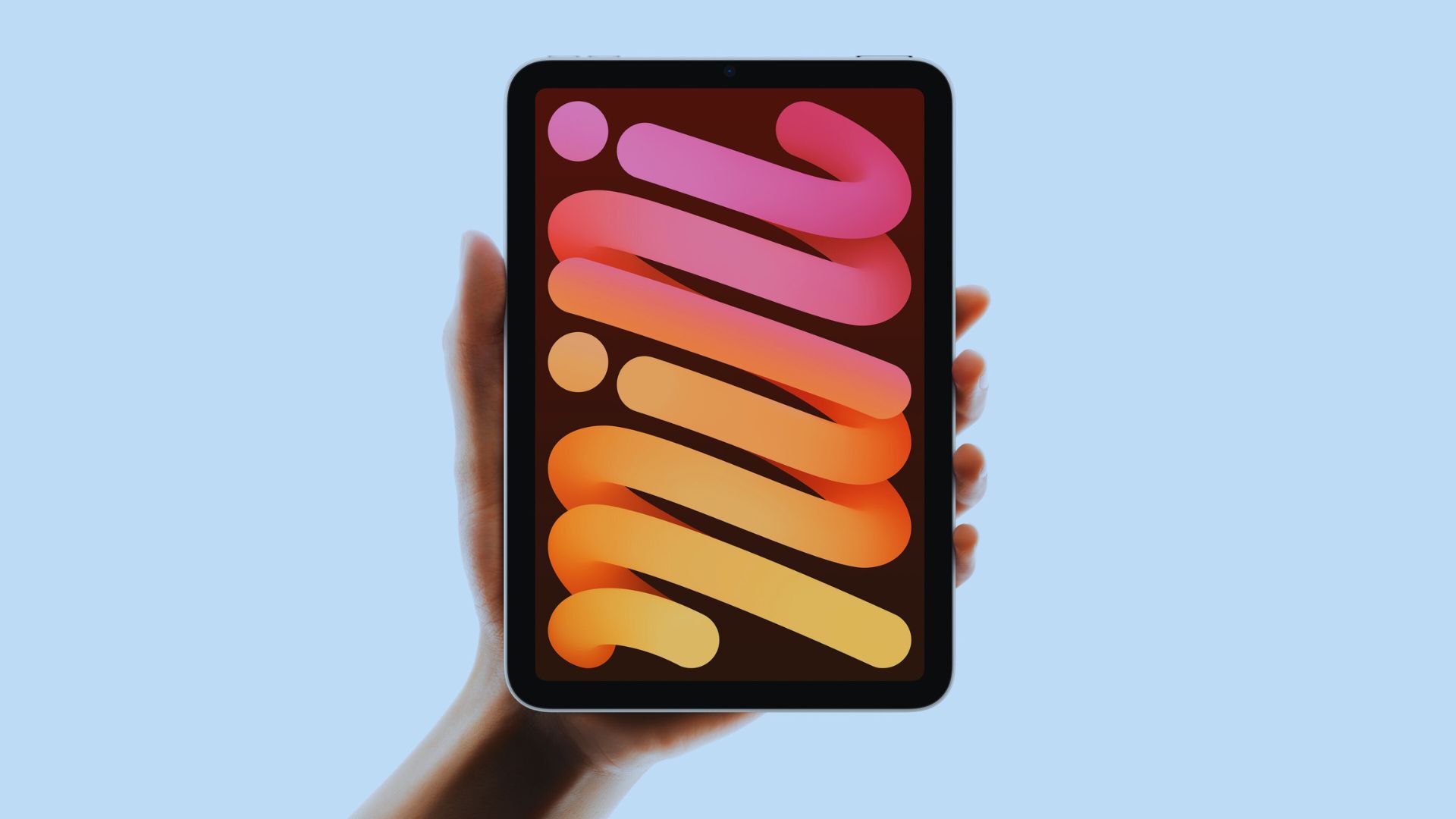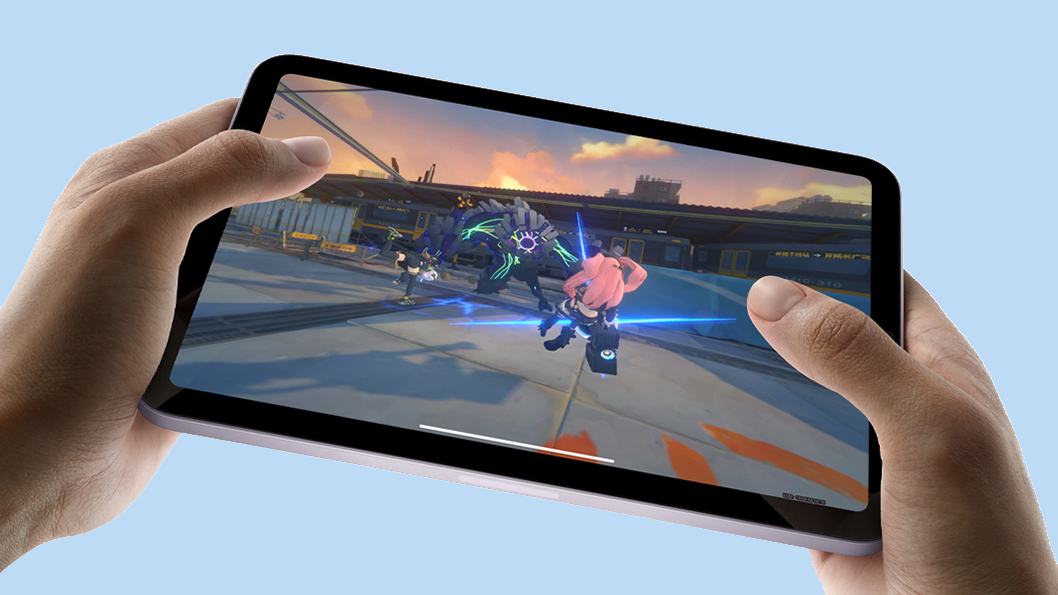The results are in: Here's how the iPad mini 7 compares to the rest of the iPad family
The iPad mini 7 got a major spec bump, but is it worth it compared to the base and Air iPads?

After a three-year wait, the iPad mini 7 is finally here, and it impressed me more than I expected.
Last week, Apple quietly announced a long-awaited refresh to the iPad mini 6, which launched in October 2021. Our lab testing team put it through the paces, so we can now see how the iPad mini 7 compares to the Air and the base iPad.
Three years is a long time in the tech world, and the new mini got some major upgrades, but even given that, I was still blown away by just how well it performed. Our sister site Tom's Guide gave the iPad mini 7 a shining 4.5 out of 5 stars, so I'm not alone in my admiration for the new mini.
If you're considering trading in your old iPad or buying a new one, you should look at these test results to see just how well the iPad mini 7 compares to its rivals.
iPad Mini 7 overall performance

The iPad mini 7 boasts an A17 Pro CPU, a six-core integrated GPU, an 8.3-inch Liquid Retina display with support for P3 wide color, a 12MP rear camera with 4K video, and a 12MP portrait-mode front-facing camera.
This is the first Apple device featuring an A17 chip since the iPhone 16 line-up skipped an entire generation and went straight to the A18 chips. So, we're finally getting a look at how the A17 generation compares to the M-series chips, specifically the M2 chip in the iPad Air 6.
Surprisingly, the iPad mini 7 outscored the iPad Air 6 by 283 points in the Geekbench 6 single-core test. The Air has the lead in the multi-core and Crossmark tests, but it's still impressive to see the A17 Pro chip come so close to the M2 chip's performance.
Sign up to receive The Snapshot, a free special dispatch from Laptop Mag, in your inbox.
| Tablet | Processor | Geekbench 6 single-core | Geekbench 6 multi-core | Crossmark |
|---|---|---|---|---|
| iPad mini 7 | A17 Pro | 2,883 | 7,213 | 1,354 |
| iPad Air 6 | M2 | 2,600 | 10,066 | 1,441 |
| iPad 10 | A14 Bionic | N/A | N/A | 1,042 |
While the iPad mini 7 and iPad Air 6 scored similarly, the base iPad lagged behind in the Crossmark test. (It's a few years old at this point and was tested with an older version of Geekbench, so we can't directly compare its single-core or multi-core scores.)
Since the iPad Mini finally got an update, the base iPad is now several generations behind with the old A14 Bionic chip, which has a significantly lower overall performance score, as one might expect. Hopefully, the base iPad will get a refresh in Apple's next update cycle.
iPad mini 7 graphics and gaming

With the A17 Pro chip, the iPad mini is uniquely well-suited for gaming, especially with cloud gaming getting more popular. The display is bigger than a phone's but not as bulky as a full-size iPad, let alone a MacBook, making the mini perfect for mobile entertainment. Plus, the iPad Mini 7 is small enough to pop into a handheld controller like the Razer Kishi Ultra and carry around like a handheld gaming console.
Apple claims the iPad mini 7 can run AAA games, although only a few are available natively on iPadOS right now. However, cloud gaming platforms like Xbox Cloud Gaming and Nvidia GeForce Now can run on any mobile device through a browser, significantly expanding the number of desktop-level games you can play on an iPad.
More mainstream titles have also been getting ported over to iPadOS recently. For example, Netflix Games brought hits like Hades, Death's Door, and Oxenfree to the iPad. Similarly, Apple Arcade includes a port of Disney Dreamlight Valley along with expanded mobile versions of Dead Cells and Stardew Valley.
| Tablet | 3DMark Wild Life Original score | 3DMark Wild Life Original frame rate |
|---|---|---|
| iPad mini 7 | Max | 59.9 fps |
| iPad Air 6 | Max | 60 fps |
| iPad 10 | Max | 46 fps |
I love gaming on my iPad, so I was excited to see how the new iPad mini 7 performed in this category. It didn't disappoint, but I was surprised at just how well it scored. The iPad mini 7 not only maxed out the 3DMark Wild Life benchmark test, but it also achieved an average of 59.9 frames per second, nearly identical to the iPad Air 6's average of 60 fps.
Considering the iPad Air 6 has an M-series chip, I was expecting it to have a noticeable edge over the mini 7 in gaming, but it looks like the two perform virtually identically.
The base iPad fell significantly behind with an average of just 46 fps, so if you're looking for a tablet for gaming and entertainment, the iPad Air 6 or iPad mini 7 are your best options.
Should you upgrade to the iPad mini 7?
If you have a 6th-generation iPad mini, the 7th-generation model is definitely worth the upgrade. The long wait for a refresh means a significant leap in chip technology. The iPad mini 7's benchmark results show that the A17 Pro chip performs on par with the M2 chip in the iPad Air 6, so you can expect fantastic overall and gaming performance, despite the smaller form factor.
It may also be worth upgrading to the iPad mini 7 if you have a base iPad 10 or an older iPad Air, particularly if you are an avid mobile gamer. The iPad mini 7 and iPad Air 6 are significantly more powerful than the iPad 10, although the Gen 10 is still a strong, affordable tablet.
The main differences between the iPad mini 7 and the iPad Air 6 are accessories and screen size. If you want to use your tablet as a laptop replacement with the Magic Keyboard, you'll need to opt for the Air. On the other hand, if you mainly want a tablet for travel and entertainment, the new-and-improved mini is the way to go. The new mini and Air are compatible with the Apple Pencil Pro for artists or note-takers.
It's also worth noting the mini costs $100 less than the Air but includes the same amount of base storage, so it's a good option for anyone in between the $600 Air and the $350 base iPad.
More from Laptop Mag
- Apple quietly releases iPad Mini with major chip upgrade and double the storage
- iOS 18.1 releases next week, bringing Apple Intelligence to iPhone 15 and 16
- Is the Apple Pencil Pro worth buying? A singular new feature could propel it to the mainstream

Stevie Bonifield is a freelance tech journalist who has written for PC Gamer, Tom's Guide, and Laptop Mag on everything from gaming to smartwatches. Outside of writing, Stevie loves indie games, TTRPGs, and building way too many custom keyboards.
